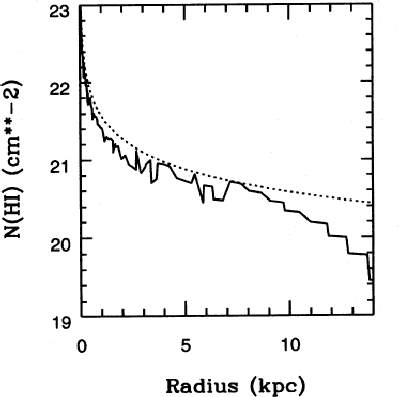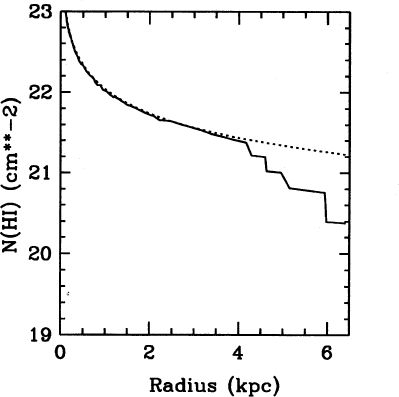Speculation and Future Goals
Critical question: Do mergers create/destroy/affect the central parameter relationships?
In particular, what is the fate of objects like NGC 3921 and NGC 7252?

Option 1: They'll fade photometrically onto the normal relationship
- need about 2 - 2.5 magnitudes of fading
- addition of low res spectroscopy to construct population synthesis models
Option 2: They'll evolve dynamically onto the normal relationship
- binary black hole slingshot mechanism (eg Quinlan & Hernquist 1997, Milosavljevic & Merrit 2001)
- but stellar dynamics are unclear
- high res spectroscopy to look at nuclear dynamics and presence of black holes
Option 3: They'll stay wierd and this hurts the "merger hypothesis"
Option 4: They'll stay wierd. So what?
- Today's merger remnants merged at z ~ 0.
- Today's normal ellipticals (under the merger hypothesis) merged at z >= ~ 1
- Progenitors were likely quite different:
- Higher gas fractions?
- Closer to star formation "thresholds" (Quirk 1972, Kennicutt 1989)?
| z=0 |
z=2 |
 |
 |
| from Kauffmann 1996 |
- Different structurally (surface density, D:B ratio, etc)?
- Balance between inflow/nuclear starbursts vs disk-wide star formation can differ widely
depending on the structure of the merging galaxies.
Evolution vs "Prevolution" - rather than "trying to fix" NGC 3921 and NGC 7252, perhaps
they are the future of elliptical galaxies...



